Iron Age Shipwrecks in the Mediterranean Sea
Kekova Adası Shipwreck (c. 650 BC): Early Archaic Maritime Trade
The Kekova Adası shipwreck is a key 7th-century BC discovery for understanding Early Archaic trade in the Eastern Mediterranean. We look at the discovery, chronology, substantial cargo (Cypro-Levantine, Southeast Aegean, & Corinthian amphoras), and petrographic analysis that links the vessel and its agricultural goods to economic networks between Cyprus, the Levant, and the Aegean.
By Nick Nutter on 2025-10-25 | Last Updated 2025-10-26 | Iron Age Shipwrecks in the Mediterranean Sea
This article has been visited 817 times

Kekova Island, Turkey
The Kekova Adası shipwreck c 650 BC
The Kekova Adası shipwreck is a cornerstone discovery for understanding Early Archaic maritime exchange in the Eastern Mediterranean. It is widely considered probably the earliest of the three associated 7th-century wrecks (Kekova Adası, Kepçe Burnu, and Çaycağız Koyu).
Do you enjoy my articles? For your reading pleasure, this website does not carry third party ads. You could help me write more articles by buying me a cup of coffee.
Discovery, Location, and Chronology
The Kekova Adası shipwreck was initially discovered by the Institute of Nautical Archaeology's (INA) 1983 survey. The site is located near Kekova Adası in the Antalya Region along the Turkish coast.
The wreck lies at a shallow depth, ranging from only 8 to 21 metres.
Dating: The vessel belongs to the Early Archaic period. Based on the contents of its primary cargo, its dating is established through typological comparanda:
- The basket-handle jars show a wide, biconical body.
- This style is indicative of a date probably around the middle of the 7th century BC.
- Close parallels for these jars have been found at Salamis Tomb 79 and T. Keisan Level 4.
Cargo Inventory (Surface Remains)
The remains visible on the seabed suggest a substantial cargo, which included a diverse range of transport jars and coarse wares. In 2010, a survey team raised 36 ceramic samples from this and the other two sites for petrographic analysis.
Surface counts revealed the following:
Basket-Handle Amphoras (Primary Cargo): Perhaps as many as 100 basket-handle amphoras, with additional quantities lying beneath the sand. These vessels surely carried bulk quantities of processed agricultural goods, generally associated with olive oil.
Southeast Aegean Amphoras (Secondary Cargo): More than 20 amphoras of a type assigned broadly to the southeast Aegean region were counted.
Corinthian Amphoras: Fragments of 7 to 10 Corinthian Type A amphoras are visible among the surface remains.
Mortaria: Fragments of two fragmentary mortaria were discovered at the site. Mortaria are shallow bowls used for food preparation and measuring dry goods.
Other Ceramics: A number of simple coarse and fine wares.
Petrographic Analysis and Provenance
Compositional analysis of ceramic samples provided crucial insights into the origin and manufacture of the cargo:
Cypro-Levantine Basket-Handle Amphoras
Seven fragmentary amphoras were sampled for analysis.
Manufacture and Fabric: The fabrics exhibit a wide range of colours (orange, light red-brown, to greenish tan) and show indications of uneven manufacture. Some samples showed conspicuous bloating pores and a greenish colour, suggesting the over-firing of a particularly calcareous clay. Other samples suggested lower firing temperatures due to an optically active micromass.
Mineralogy: The fabric is semi-fine and generally red-brown (unless over-fired). It is characterized primarily by prominent monocrystalline quartz, small altered igneous rock fragments, microfossils, and fine micrite. Distinctive orange-red serpentine is also notable.
Origin: The fabric group is sufficiently homogenous to suggest one overall origin. The mineralogy appears broadly similar to samples from the necropolis of Salamis on Cyprus. An origin in the broad alluvial plain of eastern Mesaoria, Cyprus, is considered likely on both compositional and archaeological grounds. However, the possibility of similar fabric signatures resulting from alluvial sediments along the Levantine coast cannot yet be excluded.
Mortaria (Grinding Bowls)
One sample taken from a fragmentary mortarium at Kekova Adası yielded a fabric similar to the basket-handle amphoras, fitting well within the range defined by them. This finding underscores that related economic mechanisms were involved in the transport of both the bowls and the agricultural goods carried in the amphoras.
Southeast Aegean Amphoras
Three samples of the southeast Aegean amphoras were collected and analysed.
Origin and Diversity: These jars resemble 7th-century examples from the southeast Aegean region, particularly the area around Miletus and Samos. The samples showed considerable overlap in mineralogy but also diversity in the proportion of different inclusions.
Fabric Comparison: One sample (Sur.001) compares well to Ian Whitbread’s “Samian” amphora fabric. The mineralogy of the other two samples, while distinct, points toward a source in the broad southeast Aegean region. This diversity suggests that multiple production centres were responsible for manufacturing this regional amphora style.
Corinthian Type A Amphoras
Three fragmentary Corinthian Type A jars were analysed.
Common Fabric: Two samples exhibited a distinct fabric similar to the Type A fabric described by Whitbread, suggesting they are a likely product of Corinth itself. This fabric is medium coarse reddish brown, characterized by dark red mudstone, micritic limestone, chert, quartz, and radiolaria.
Variant Fabric: The third sample presented a different mineralogy, lacking the mudstone and radiolaria but including volcanic fragments. This variant is perhaps closer to Whitbread’s Corinthian A’ Fabric Class 2. This variety is not surprising, suggesting Corinth used more than one local clay source for producing its widely exported amphoras during the 7th century.
Ballast Analysis and Voyage Clues
In addition to the ceramic cargo, at least 80 smooth rounded ballast stones were found in concentrations at the site.
Composition: The ballast is comprised of a weathered and metamorphosed diabase, which includes distinctive plagioclase, pyroxene, and amphibole.
The Route taken by the Kekova Adasi wreck
Diabase is commonly associated with ophiolite outcrops, notably the prominent complexes of the Troodos region of central western Cyprus, or along the neighbouring northern Levantine mainland (near the Bay of Iskenderun).
This suggests that the ship had recently called in at a site in this coastal region. However, other origins in the Eastern Mediterranean, including certain areas of Lycia and the western Bay of Antalya, cannot be excluded.
The presence of Cypriot basket-handle amphoras and southeast Aegean jars on the Kekova Adası vessel suggests a direct long-distance connection in the transport of processed agricultural goods between these two areas during the mid-7th century BC. The vessel's contents and the ballast analysis provide valuable clues regarding the developing economic networks connecting the Levant, Cyprus, and the Aegean during the Early Archaic period.
References
“Sourcing The Cargos Of Three Archaic Shipwrecks: Kekova Adasi, Kepçe Burnu And Çaycağiz Koyu” (2010 – 2011)
Authors:
Dr. Justin LEIDWANGER: Affiliated with the Institute for the Study of the Ancient World, New York University, located at 15 East 84th St., New York, NY 10028/USA.
Asst. Prof. Dr. Harun ÖZDAŞ: Affiliated with the Institute of Marine Sciences and Technology, Dokuz Eylül University, located at Baku Boulevard Nr.100, İnciraltı 35340, İzmir/TURKEY.
Assoc. Prof. Dr. Elizabeth S. GREENE: Affiliated with the Department of Classics, Brock University, located at 500 Glenridge Avenue, St Catharines, Ontario L2S 3A1/CANADA.
Do you enjoy my articles? For your reading pleasure, this website does not carry third party ads. You could help me write more articles by buying me a cup of coffee.
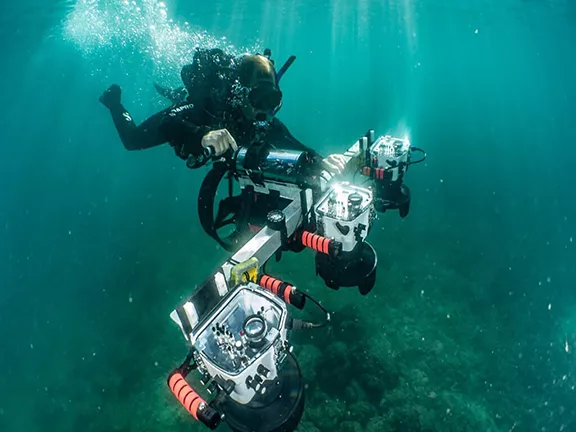 1: Dor's Iron Age wrecks 11th-6th centures BC
1: Dor's Iron Age wrecks 11th-6th centures BC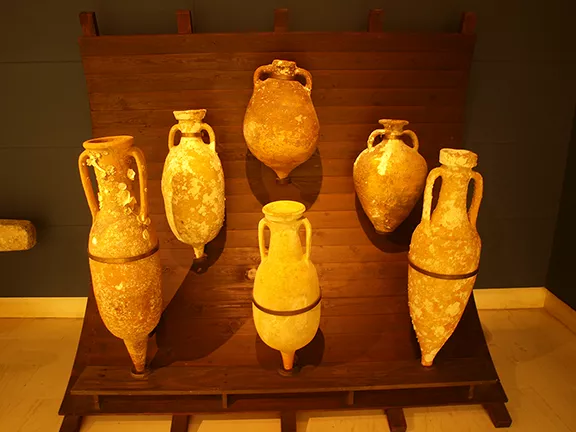 2: Carmel Atlit shipwreck c 800 - 750 BC
2: Carmel Atlit shipwreck c 800 - 750 BC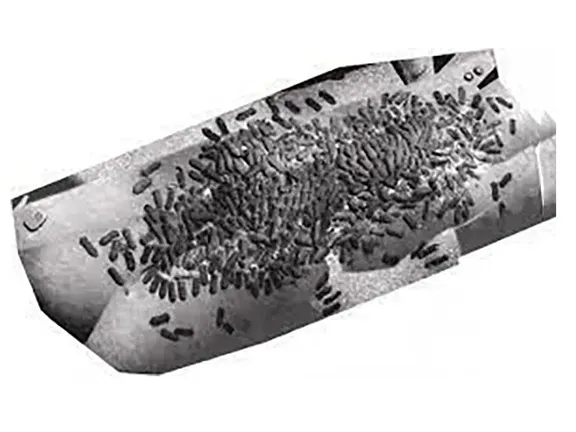 3: Tanit and Elissa c 750 BC
3: Tanit and Elissa c 750 BC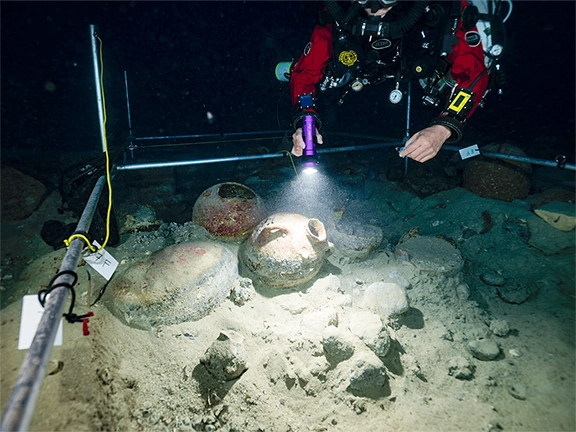 4: Xlendi Bay shipwreck off Gozo c 700 BC
4: Xlendi Bay shipwreck off Gozo c 700 BC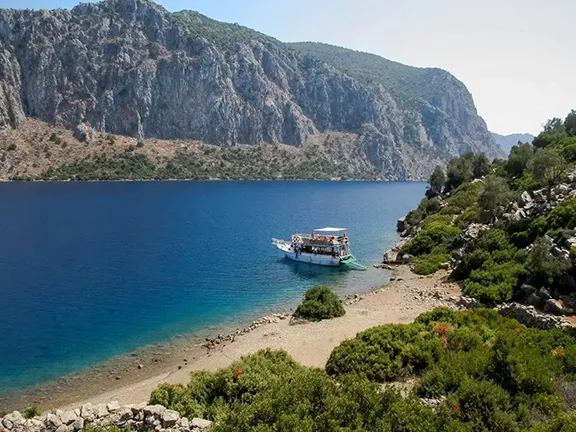 6: Kepçe Burnu Shipwreck 650 – 600 BC
6: Kepçe Burnu Shipwreck 650 – 600 BC 7: Çaycağız Koyu Shipwreck c 600 BC
7: Çaycağız Koyu Shipwreck c 600 BC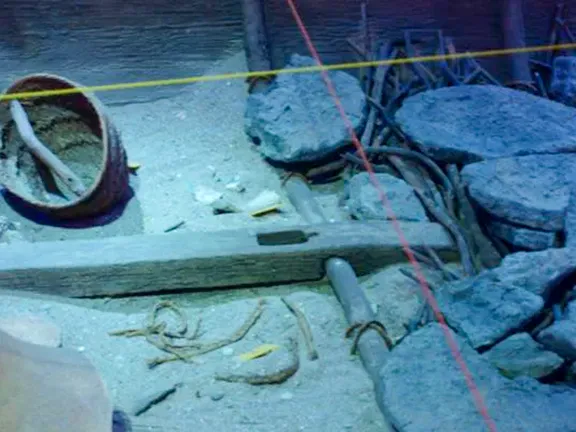 8: Mazarron II 625 - 570 BC Phoenician period
8: Mazarron II 625 - 570 BC Phoenician period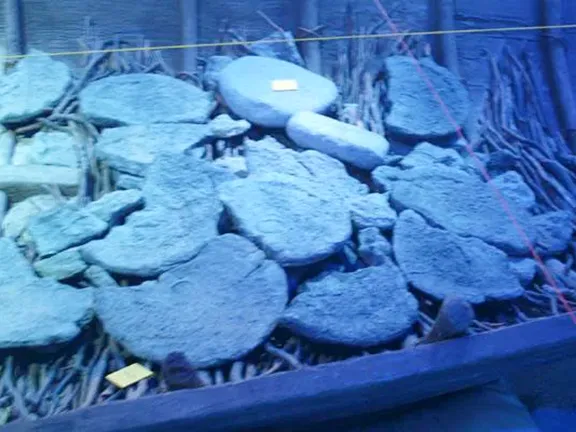 9: Mazarron I c 600 BC Phoenician period
9: Mazarron I c 600 BC Phoenician period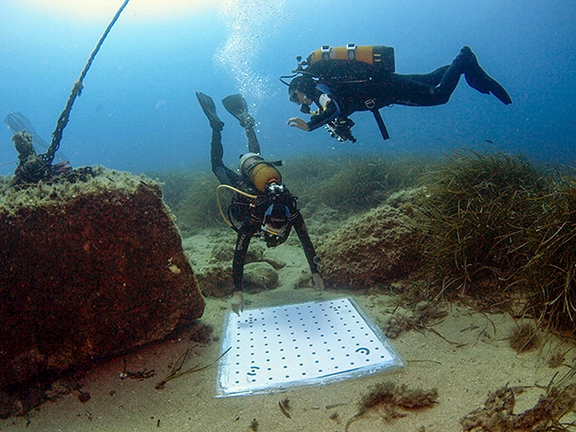 10: The Bajo de la Campana c 600 BC
10: The Bajo de la Campana c 600 BC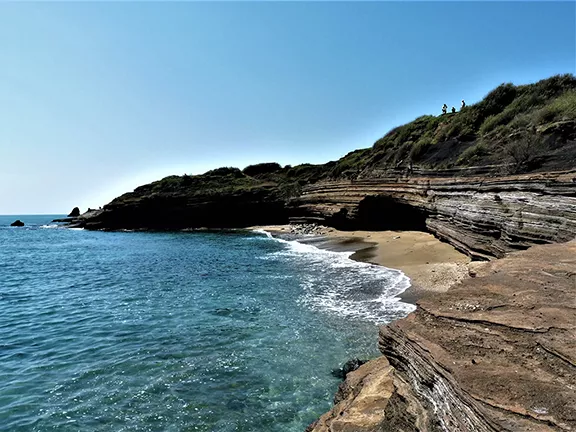 11: The Rochelongue underwater site c 600 BC
11: The Rochelongue underwater site c 600 BC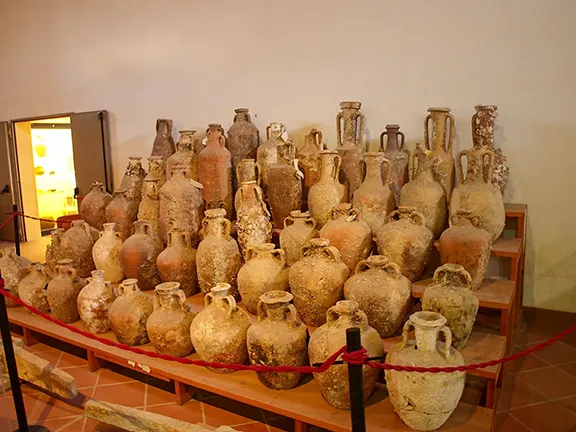 12: Giglio Etruscan shipwreck c 580 BC
12: Giglio Etruscan shipwreck c 580 BC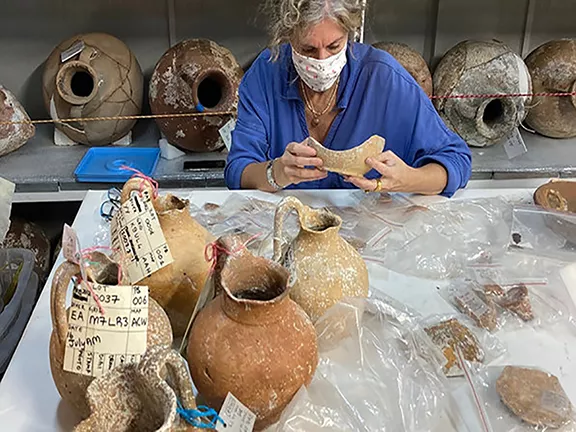 13: Pabuç Burnu shipwreck 570 - 560 BC
13: Pabuç Burnu shipwreck 570 - 560 BC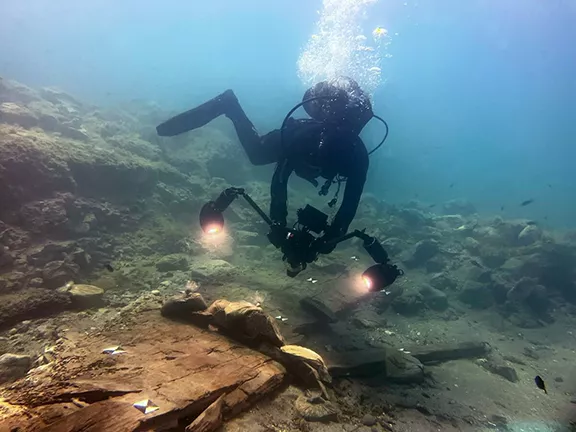 14: Ispica - Greek Shipwreck 600 - 400 BC
14: Ispica - Greek Shipwreck 600 - 400 BC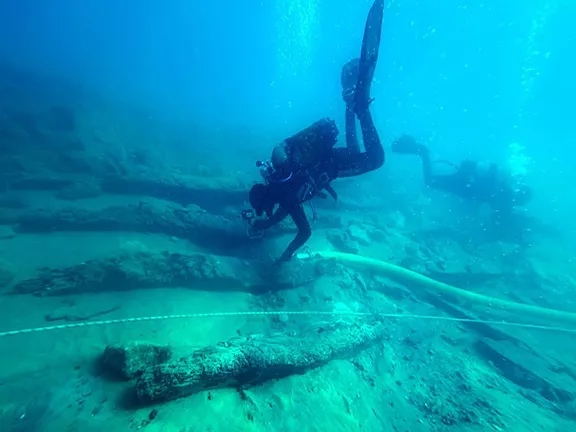 15: Gela I shipwreck 500 - 480 BC
15: Gela I shipwreck 500 - 480 BC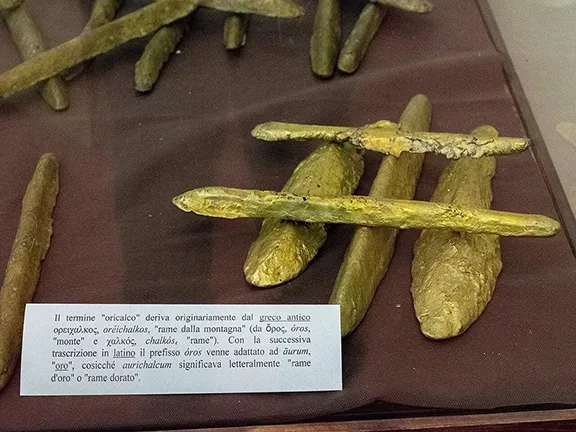 16: Gela 2 shipwreck 490 – 450 BC
16: Gela 2 shipwreck 490 – 450 BC